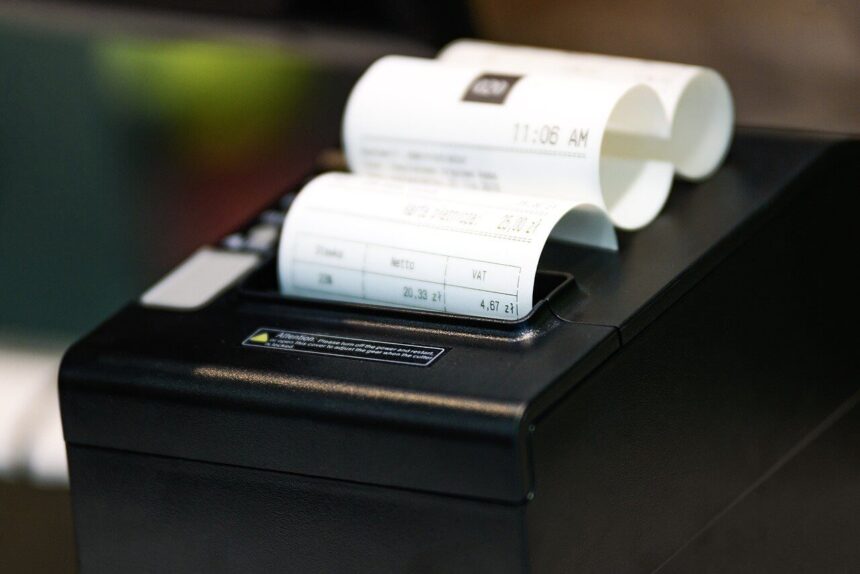When you hear the mentioning of the word Local Purchase Order (LPO), what comes to mind is the excitement of a new business deal or tender that has gone through.
Winning a business tender or deal is one of the most exciting things any business person wants, but after that, what next.
This article will take you through one of the steps taken after winning a tender, LPO and LPO financing.
What is an LPO?
A Local Purchase Order (LPO) is a document that the buyer sends or gives to the supplier to allow shipment of goods and products.
The document includes the specific quantity and prices of the products or services rendered.
What is LPO Financing?
LPO Financing is a funding solution for businesses that lack the cash flow to access the inventory to complete customer orders.
In this case, the supplier uses the Financing company, also known as a purchase order financing company that pays the supplier to manufacture the goods and deliver them to the client.
How does LPO Financing work?
LPO Financing is similar to taking a loan from a lender to fulfill your customer’s needs.
As a supplier, sometimes you may not be in a position to fulfill a customer’s purchase order due to a financial issue.
The Purchasing Order financing will offer you funds in advance to complete the task. However, the money is sent to your supplier’s account.
The supplier then delivers the goods to your client, and the client pays the supplier directly. The supplier then deducts their fees and pays you the remaining amount.
A purchase order financing company, just like any other lender, makes money by charging you a certain percentage of the amount that they advance to your supplier.
The good news is you do not need collateral to secure the money funded by the LPO Financing.
How to apply for an LPO Financing
-
Receive a Local Purchase Order
Once your customer has identified the goods and products to buy from you, they will then submit the LPO with specific items quantity and prices for delivery.
The LPO will then determine whether you are in a position to fulfill the client’s needs.
Your supplier will then give you the actual cost of the items to decide whether to apply for a Purchasing Order Financing.
2. Applying for a Purchase order financing
If you cannot fulfill your client’s order, this is where you start applying for purchase order financing.
First, you identify a lender that could be a financial institution like a bank or microfinance, then apply for the Purchase order financing.
Once successful, the lender will give you the required amount depending on your qualification.
3. Your Supplier Gets Paid.
The purchase order financing company pays your supplier. If you didn’t qualify for 100% purchase order financing, then you’ll have to make up any shortfall by paying the supplier the difference on your own. The supplier can now do the work necessary to fulfill your customer’s purchase order.
4. Delivery of goods
Once the Purchase order financing has paid the supplier, he will then deliver the goods to the client.
Later on, the supplier will notify you of the delivery. You will then be required to send an invoice to facilitate payment to the Client.
5. Payment
Once the client receives the invoice, they will pay the supplier directly. If the client pays the supplier on time, the faster you’ll get your cut of the profits.
6. The Purchase Order Financing Company pays you
Once the client pays the Financing company, they will deduct their purchase order fee, then send you the remaining amount.
Places to get LPO Financing
Here are some of the places to access LPO Financing
- Invoice Factoring: This is a financial transaction where small businesses sell their accounts invoices to a third party for immediate cash.
In this case, if your business does not have enough cash flow to get the goods and products for the clients, they can always consider invoice factoring to fulfill what the client wants.
2. Banks: Most banks can finance the LPOs any amount depending on the capability and the money needed.
However, some requirements may be needed before an LPO financing is done.
- Pro-forma invoice or quotation of items of purchase from the supplier
- Valid business registration and permit documents
- Valuation report where applicable
- List of past contracts completed – dates, amounts
- Debtor/creditor duly aged analysis
- Copy of proposed collateral for borrowings above Kshs. 1,000,000
3. Private Investors: This may include successful business people or even Shylocks. This may, however, attract a higher interest rate considering these are individuals involved.
4. Microfinance institutions: These include microfinance like Kenya Women Funds Trust, Saccos, Indo Africa, to mention a few.













